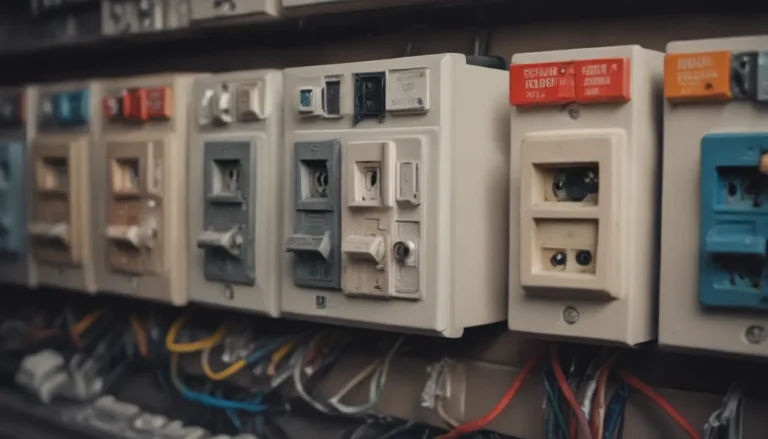Can New Windows Pay for Themselves by Saving Energy?

Have you ever experienced the discomfort of drafty windows that let in cold air, causing your furnace to work overtime? If so, you’re not alone. Many homeowners find themselves grappling with high energy bills due to inefficient windows. The promise of new windows that could potentially save you money through increased energy efficiency is certainly enticing. But do new windows truly pay for themselves in energy savings?
Understanding the Claims
Window replacement involves removing old sashes and installing newer, more energy-efficient ones. While this may seem like a simple solution, the cost of this project can add up quickly. The national average for replacing a window is $650, and for a typical home with multiple windows, the total cost could reach $6,500 or more.
Some window retailers and local installation companies claim that the energy savings from new windows will offset the initial cost, essentially making the windows “free” in the long run. While this claim is technically true, the reality may not be as straightforward as it seems.
Examining the Numbers
Let’s break down the numbers to see if new windows can truly pay for themselves through energy savings. For instance, if each window costs $650 and you could potentially save between $101 and $583 per year on energy costs, it might seem like a worthwhile investment. However, these figures can be misleading when considering factors like the type of windows being replaced (single-pane vs. double-pane) and the actual cost of the windows.
While the Environmental Protection Agency (EPA) EnergyStar program estimates that replacing single-pane windows can save homeowners $101 to $583 per year, the savings for double-pane windows are considerably lower—ranging from $27 to $197 annually. Additionally, the upfront cost of new windows is often downplayed, while the potential energy savings are exaggerated.
Cost-Benefit Analysis
Shanon Peterson Wasielewski conducted a cost-benefit analysis using EPA’s RESFEN 3.1 software for a two-story brick home in Nashville, Tennessee. In her scenario, replacing all 20 windows cost $8,000—an amount she deemed as a low estimate. According to her calculations, it would take a staggering 70 years for the energy savings to offset the cost of the new windows. This timeline far exceeds the practical lifespan of most windows and is unlikely to provide a significant return on investment.
In essence, while new windows may eventually pay for themselves through energy savings, the time it takes to recoup the initial cost renders the savings negligible. Factors such as the initial cost of the windows, the type of windows being replaced, and the climate in which you reside all play a crucial role in determining whether new windows are a cost-effective solution for your home.
Making an Informed Decision
When considering whether to invest in new windows for your home, it’s essential to weigh the potential energy savings against the upfront cost of the windows. While energy-efficient windows can improve comfort and reduce energy consumption, the financial benefits may not always justify the expense.
Before making a decision, consider the following factors:
- The type of windows currently installed in your home: Single-pane windows are more energy-inefficient and may offer greater potential for savings.
- The cost of the new windows: High-quality, energy-efficient windows may come at a premium, affecting the overall return on investment.
- Your local climate: Cold or extreme climates may offer more significant energy savings potential compared to milder climates.
- The lifespan of the windows: Ensure that the expected lifespan of the new windows aligns with your long-term investment goals.
In conclusion, while new windows can contribute to energy savings and improved comfort, the idea of them paying for themselves through savings may be more of a long-term goal rather than an immediate reality. By carefully evaluating the cost-benefit analysis and considering all relevant factors, you can make an informed decision that aligns with your budget and energy efficiency goals.





